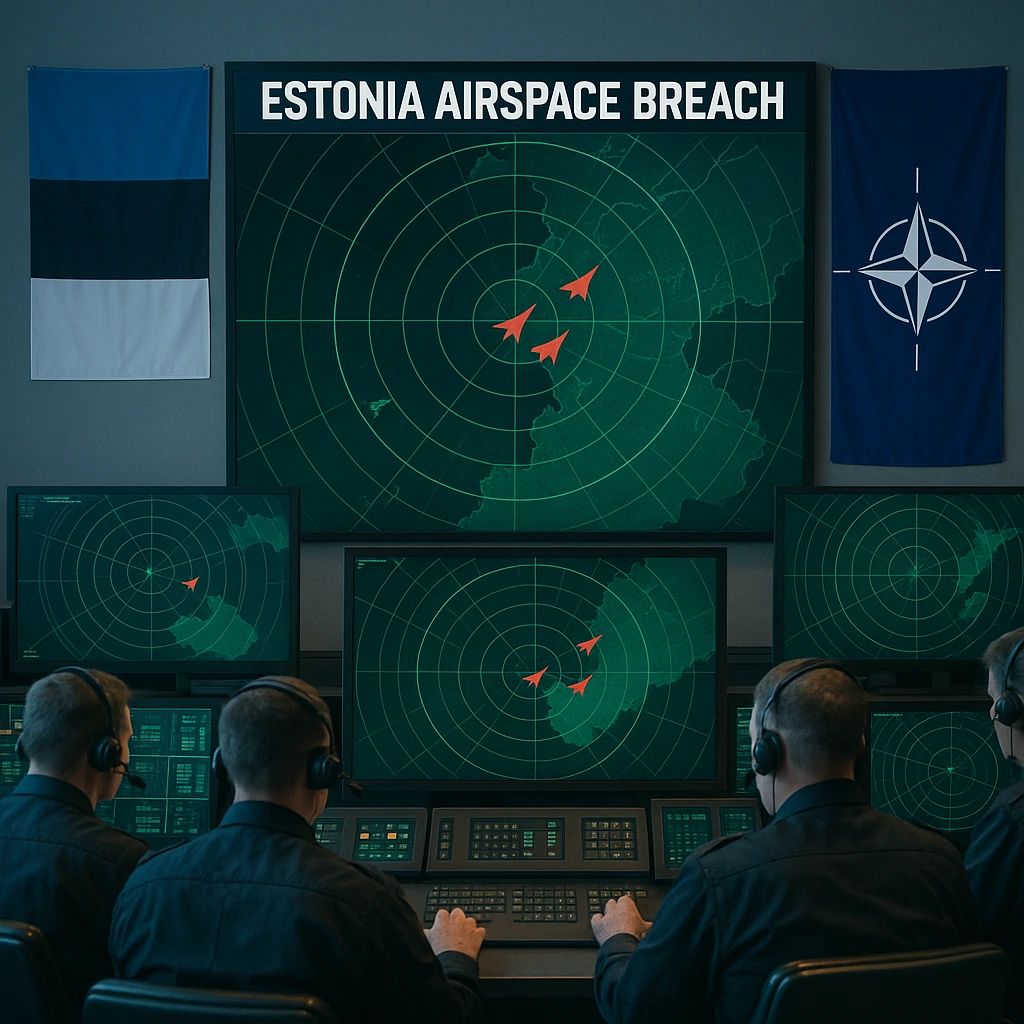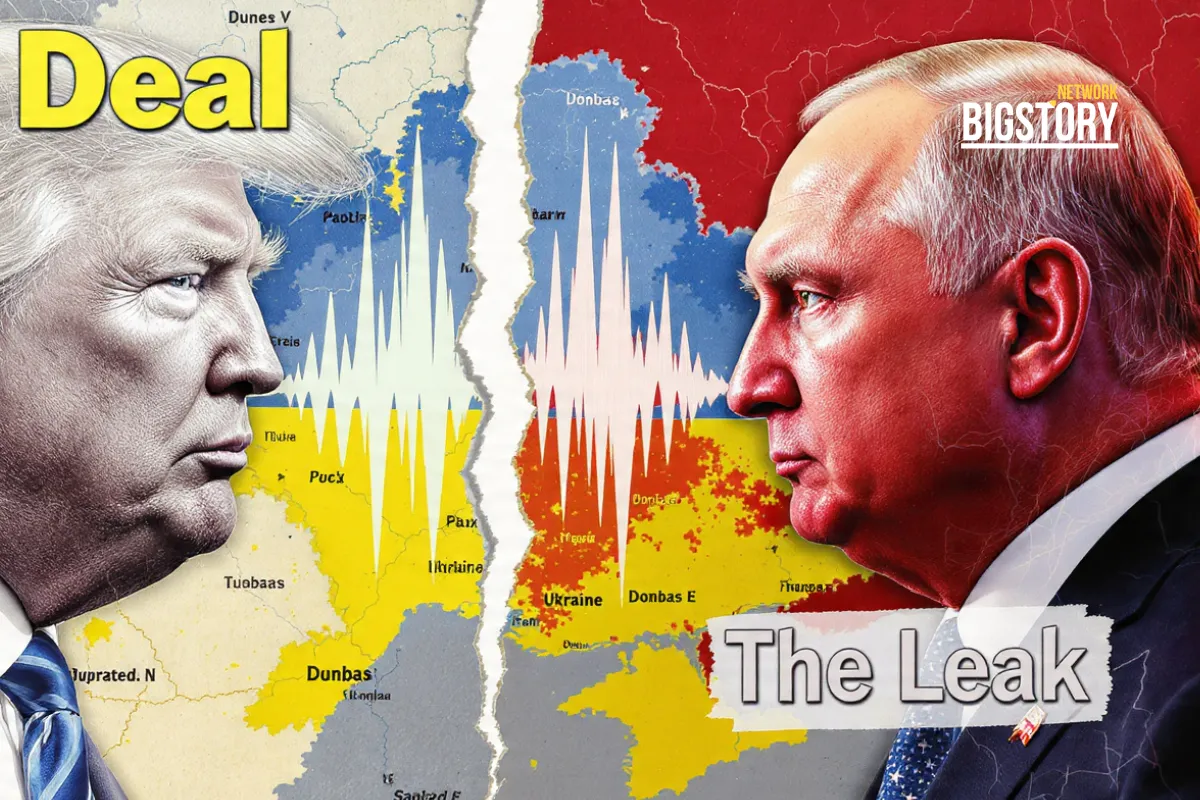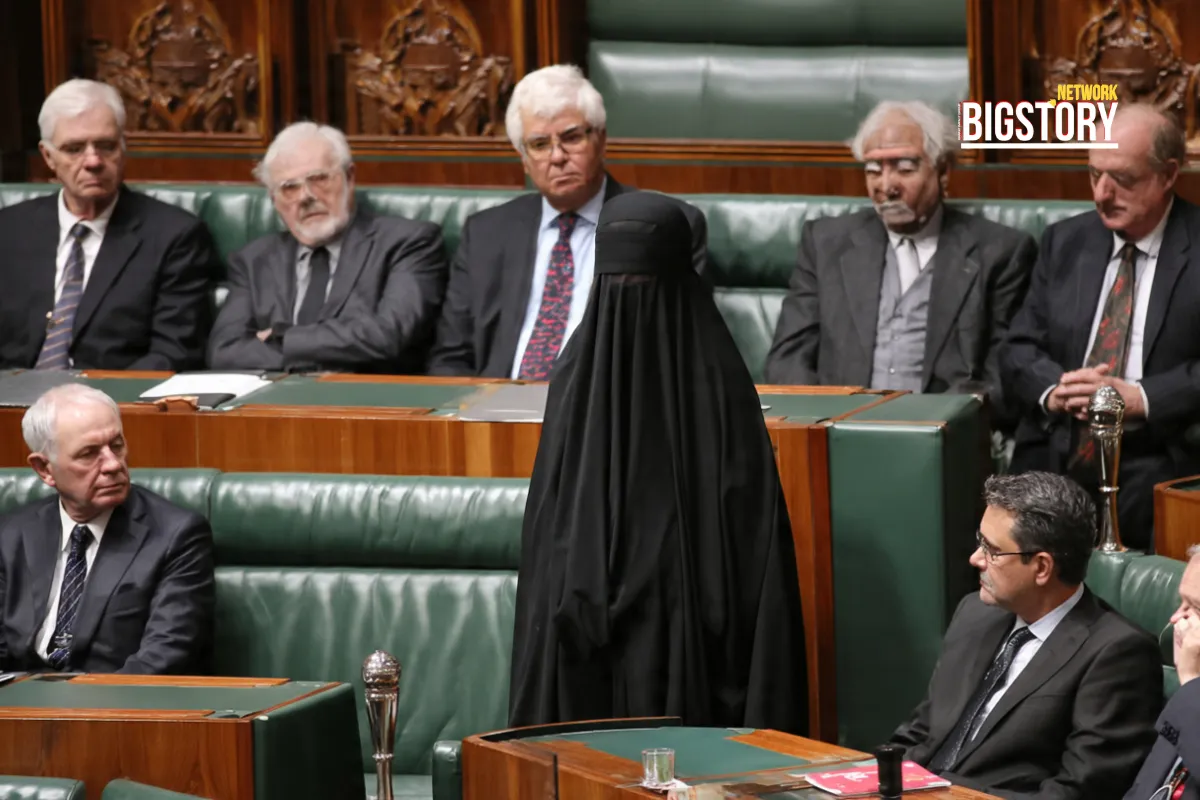Three Russian MiG-31 fighters violated Estonia’s airspace for 12 minutes on Sept 19, prompting NATO Article 4 talks and military intercepts.
 Sseema Giill
Sseema Giill

Estonia reported a serious breach of its sovereignty when three Russian MiG-31 fighter jets entered its airspace over the Gulf of Finland. The fighters allegedly stayed inside Estonian territory for nearly 12 minutes before NATO aircraft intercepted and escorted them out.
Estonia’s government described the incident as “brazen and unprecedented”, sparking urgent consultations within NATO and heightened security concerns across the Baltic region.
The Russian Defence Ministry rejected Estonia’s claims, stating the aircraft were flying over neutral Baltic waters and never entered Estonian airspace. Moscow insisted the flight path was in accordance with international aviation rules and at least 3 km from Estonian territory.
This is not an isolated event. Earlier in September, Russian drones strayed into Polish and Romanian territory, fueling fears of escalation. Analysts see these acts as deliberate attempts by Moscow to:
Military analysts warn that repeated airspace violations could lead to dangerous miscalculations. Calls are growing within NATO and the EU to:
Q1. How long were Russian jets in Estonian airspace?
Approximately 12 minutes before being intercepted.
Q2. What is NATO Article 4, and why did Estonia invoke it?
Article 4 allows a member state to call for consultations when it perceives a threat to its security or sovereignty. Estonia invoked it to urge a coordinated NATO response.
Q3. How did NATO respond militarily?
Italian F-35s, alongside Swedish and Finnish fighters, intercepted the jets under Baltic Air Policing operations.
Q4. Did Russia admit to violating Estonian airspace?
No. Moscow denied any breach, claiming the jets stayed in international airspace.
Q5. Why is this incident significant?
It highlights the growing risk of NATO-Russia confrontations in the Baltic region, especially as the Ukraine war continues.






Sign up for the Daily newsletter to get your biggest stories, handpicked for you each day.
 Trending Now! in last 24hrs
Trending Now! in last 24hrs



